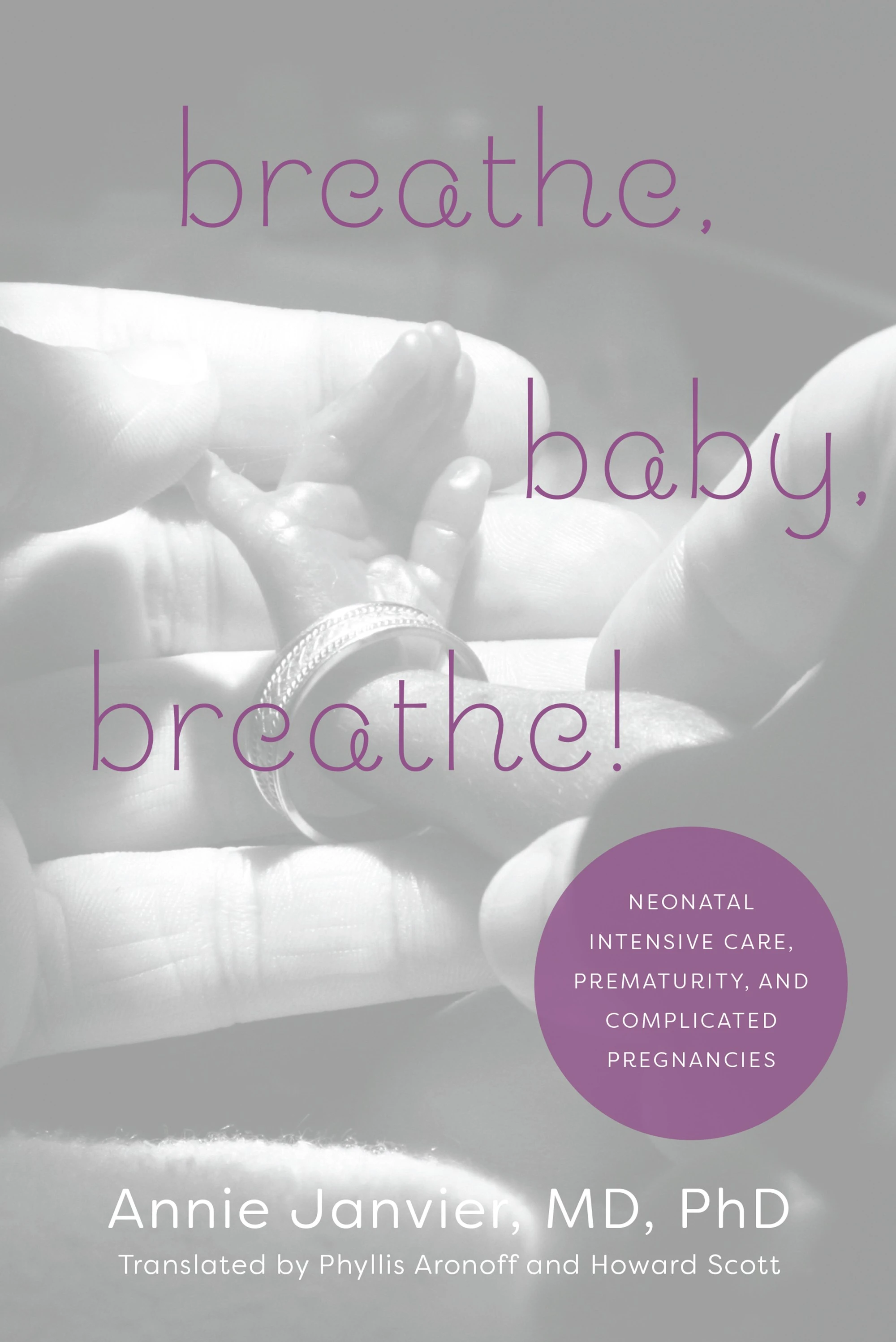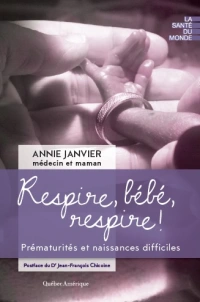Many babies receive some sort of “resuscitation” during their transition from intra-uterine to extra-uterine life.
How do we decide when a baby needs intervention? A baby who is active and breathing is usually left alone, a baby who is neither of those things might need intervention, and many of our decisions are based on the baby’s heart rate.
Bradycardia= needs ventilation. Mild bradycardia= optimize ventilation and reassess, good heart rate = observe and wait. I like things to be simple!
Recent studies have focused on heart rate determination as the best indication that adaptation is appropriate, but that begs the question:, how to determine heart rate? Should we listen to their heart sounds, palpate their pulses, or watch their ECG? It seems that getting an accurate heart rate is faster with immediate ECG application (Katheria A, et al. A pilot randomized controlled trial of EKG for neonatal resuscitation. PLoS One. 2017;12(11):e0187730) and that this might lead to more rapid institution of corrective actions. But electrical activity of the heart does not mean that it is pumping well; in animal models pulseless electrical activity is frequent. Many immature animals, after resuscitation, have periods of electrical activity without mechanical activity. If that happens with babies, then we may have to readjust our algorithms; presence of an ECG signal does not mean that you necessarily have adequate cardiac function.
A group of us interested in the issues have been discussing this for a while, and decided to write a brief article, focusing on the results from Po-Yin Cheung and Georg Schmolzer’s lab in Edmonton. (That, I always like to point out, used to be my lab! (here’s one example) but Po-Yin and Georg and doing better work from that lab than I ever did.) Patel S, et al. Pulseless electrical activity: a misdiagnosed entity during asphyxia in newborn infants? Archives of disease in childhood Fetal and neonatal edition. 2018. The new article notes that PEA (which I always used to call electro-mechanical dissociation (EMD)) occurs frequently in animals that have been exposed to clinically relevant models of perinatal asphyxia.
Does this actually happen in human newborns? Yes. Luong D, et al. Cardiac arrest with pulseless electrical activity rhythm in newborn infants: a case series. Archives of disease in childhood Fetal and neonatal edition. 2019. Four cases are reported in this article, and I know personally of two others, I wasn’t able to get them into the article (of which I am co-author), but this is not something that is vanishingly rare; how frequent is it? We really don’t know, but I think we should investigate that somehow.
What I think this means is that, when resuscitating depressed newborns, the ECG might be very helpful to get an accurate heart rate quickly, and if the heart rate is slow we should respond according to NRP algorithms.
At some point we should confirm that there is actually cardiac contraction, not just electrical activity. If the infant starts to move and breathe, that is probably enough evidence. BUT, if the ECG heart rate is present but the baby isn’t improving, we should immediately evaluate whether there is sufficient cardiac activity.
In the cases we report there was ECG activity, but no actual cardiac function detectable, when that was recognized and interventions followed, all the babies were severely damaged, and they all died. I wonder if the situation had been recognized faster, could there have been better outcomes? We could even ask if those babies would have been better treated without the ECG?
Maybe the introduction of the ECG as a routine measure of cardiac activity during neonatal resuscitation has been an error?
How should we determine that the heart is actually contracting effectively? I think if the pulse oximeter is giving a reliable signal, at the same rate as the ECG, that means there is at least some arterial pulsation in the right wrist/hand and probably perfusion is at least minimally effective: if the pulse oximeter is not (yet) functioning, then palpation of the pulses may be adequate, or perhaps clear heart sounds are enough evidence that the heart is actually moving…
I’m not sure what the best approach is, but recognizing that the ECG only identifies electrical activity, and that actual cardiac pumping is what the baby needs, is the first step.









Best approach, in my opinion, is to look at the baby. Most of us don’t need a pulse ox or a HR to tell when a newborn is in distress or could require some help. As time progresses, listen for the HR and titrate support accordingly. Interesting read!
Thanks for sharing.
I am very interested in this? I recently transported a newborn to our NICU who had been resuscitated for 25 minutes, receiving 3 doses of epi and chest compressions. She had an extremely faint HR and poor perfusion. About an hour after arriving to our NICU, she rapidly decompensated. She received 2 more doses of epi, bicarb, chest compressions. When we paused compressions, she had a HR, but it was undetectable, and she looked dead
My attending insisted on continuing even though we all (staff, and NNP) thought it was futile. Should we have relied on clinical assessment?